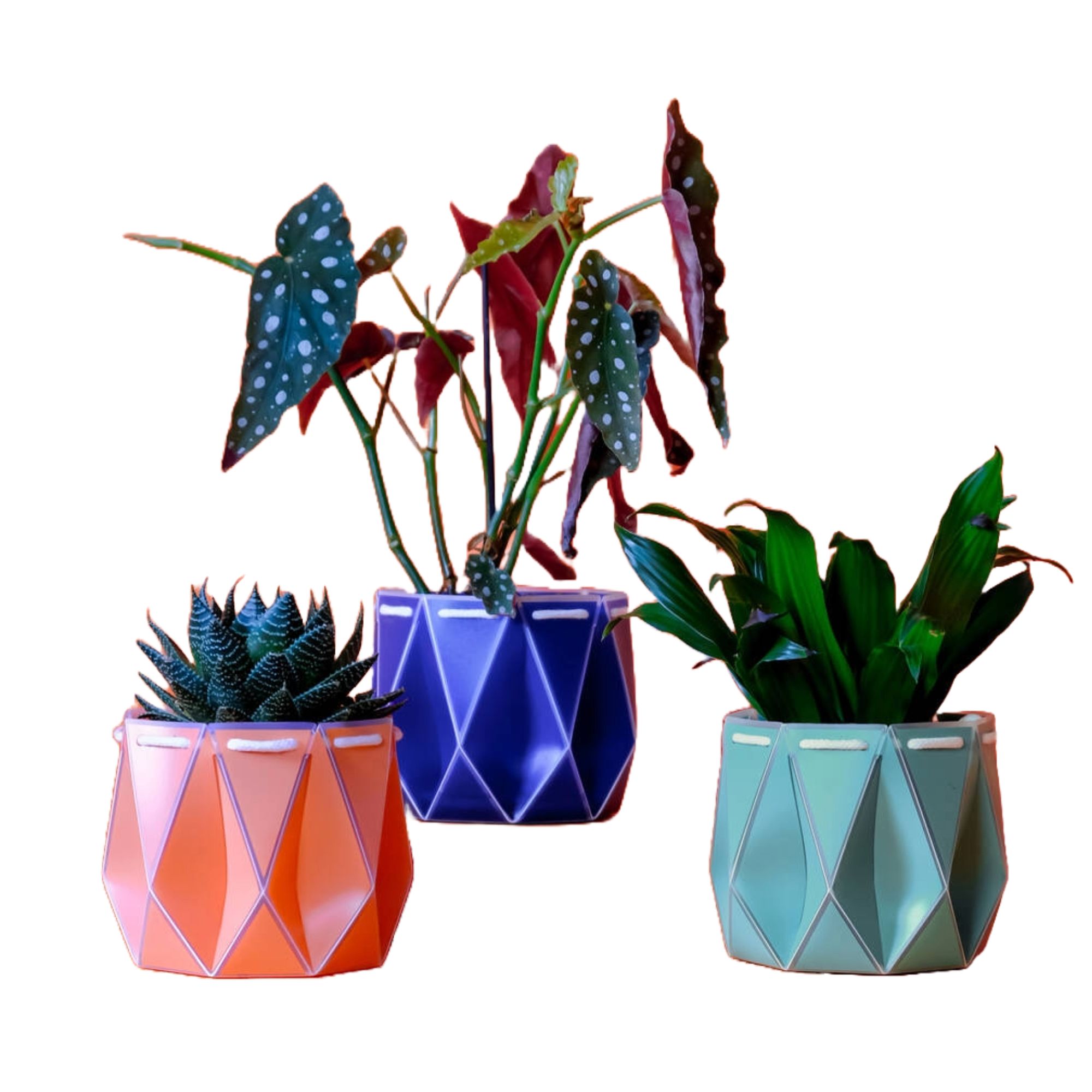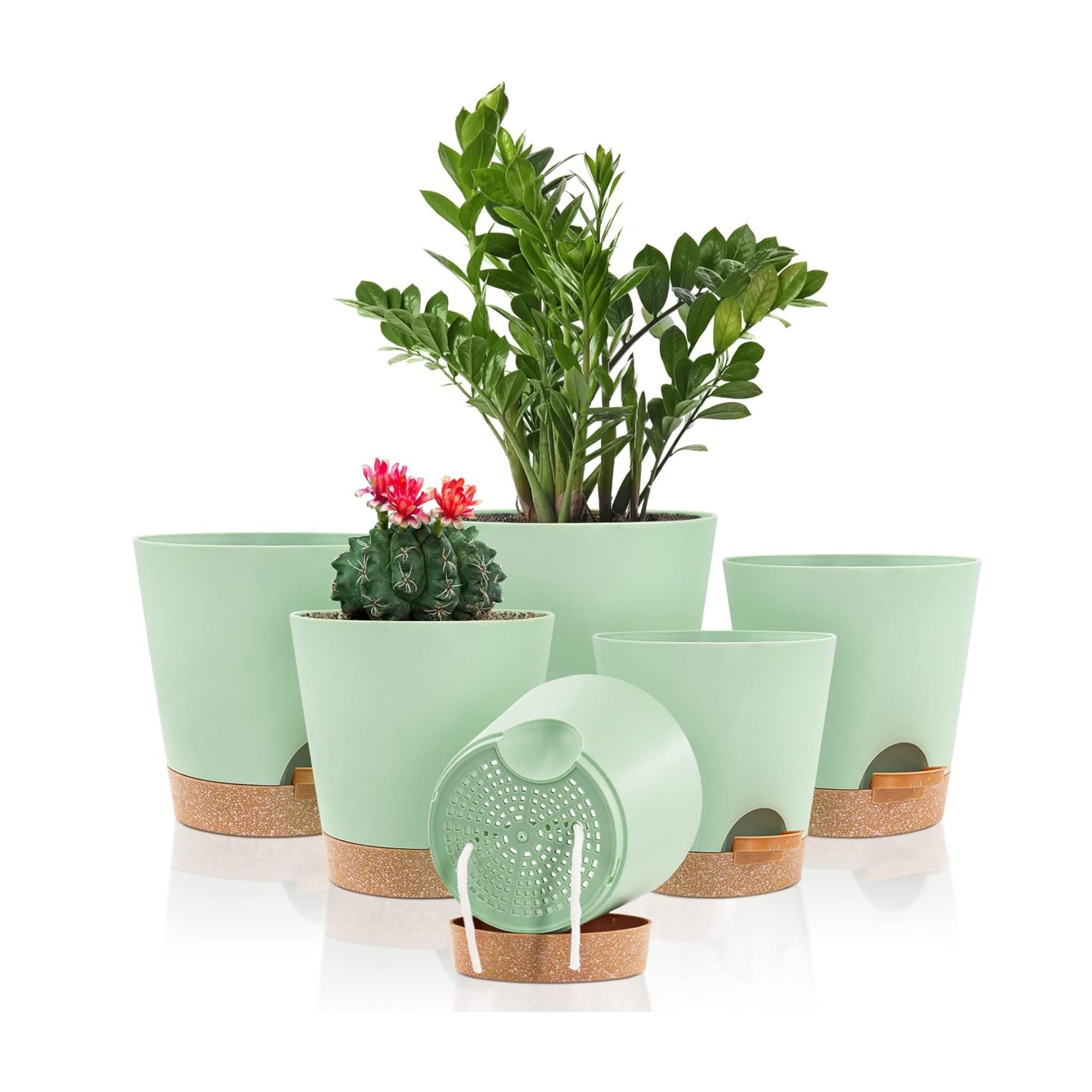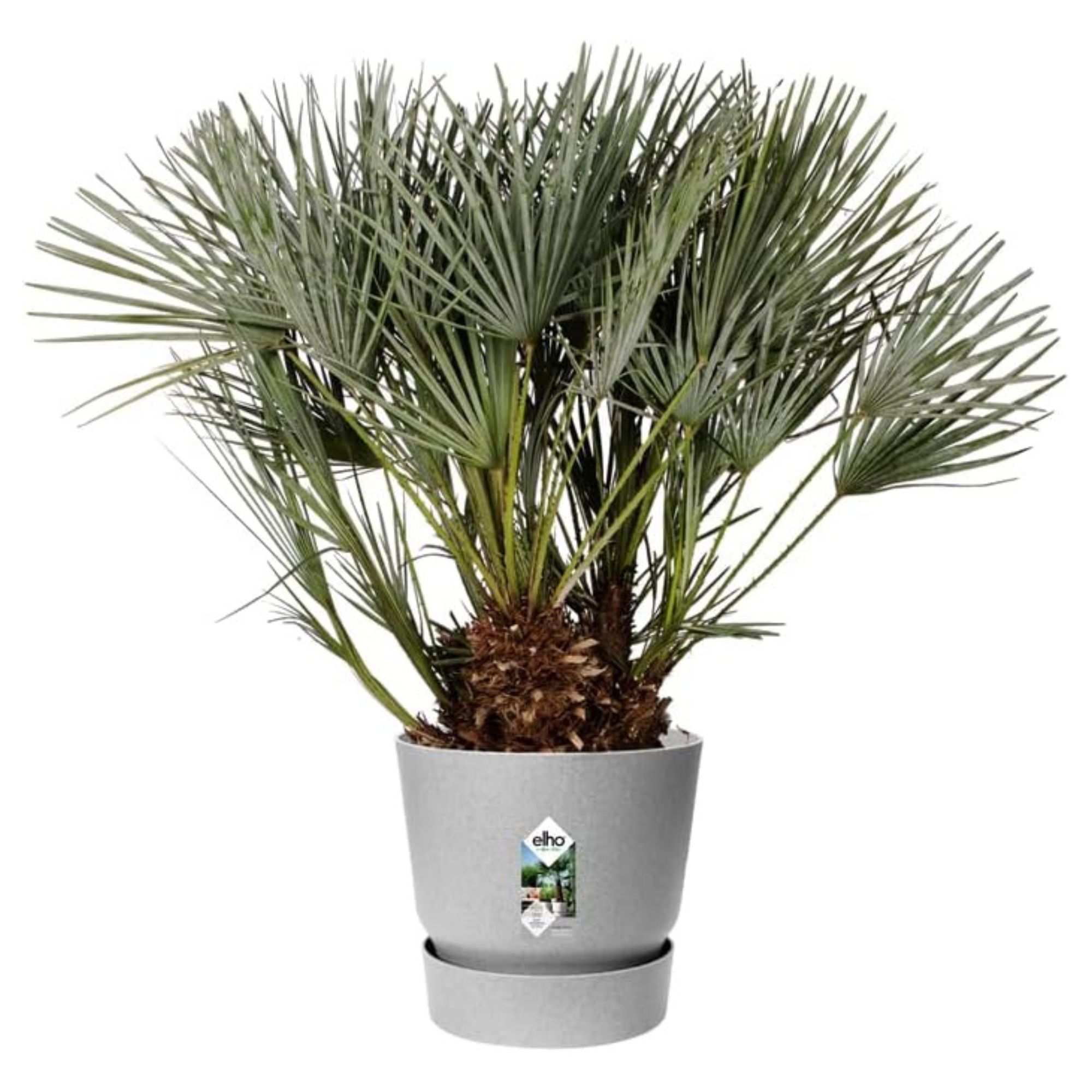What are self-watering plant pots? Everything you need to know about the innovation taking the RHS Chelsea Flower Show by storm
Busy life? These pots could be exactly what you’re looking for
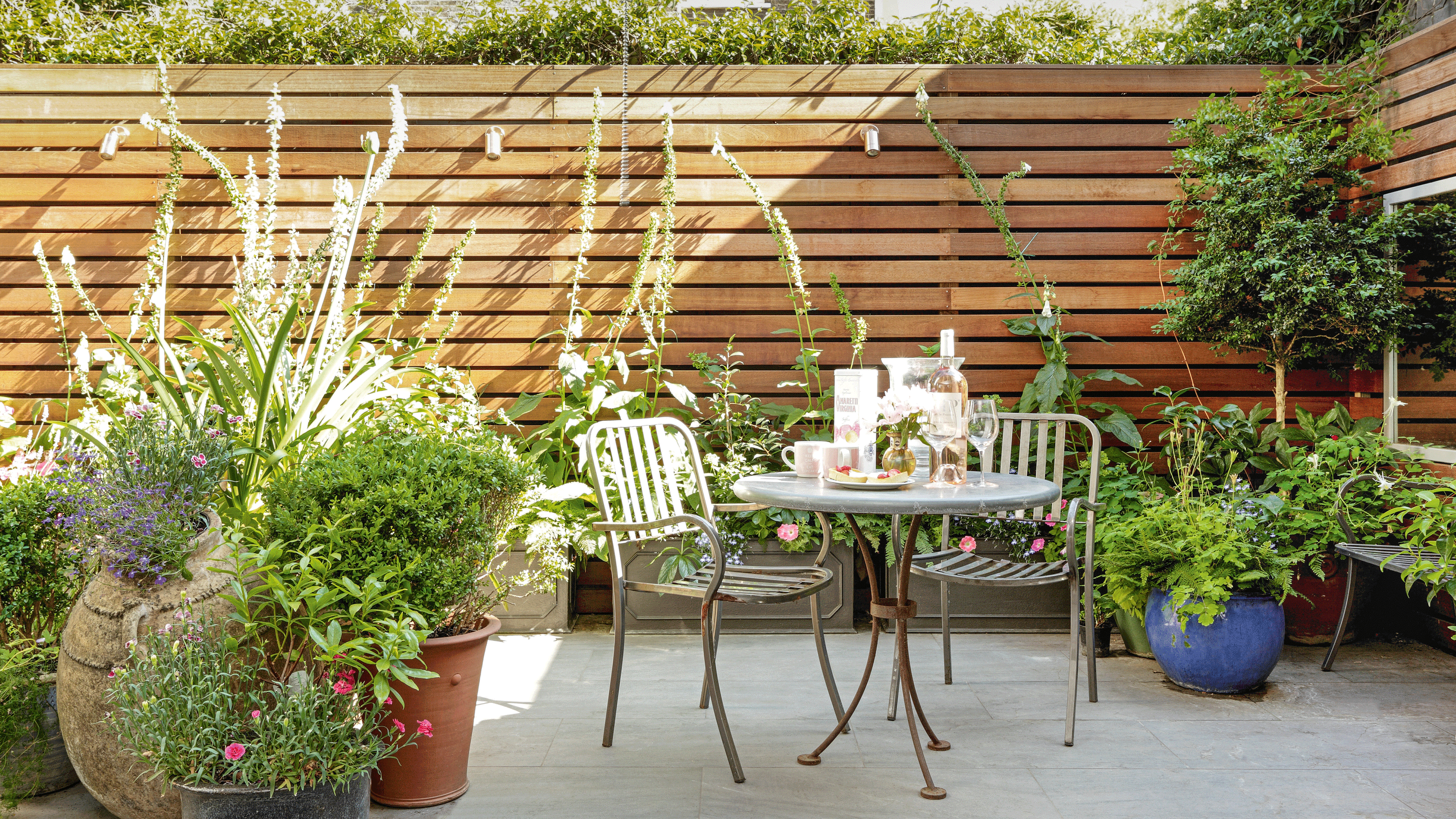

If you have too many plants to fit into your watering schedule… I get it. As someone with houseplants spread out across my (admittedly very small) house and in pots and borders in my (also very small) garden, even I struggle to find the time to water them all. That’s why I recently got to wondering: What are self-watering plant pots?
Well, self-watering plant pots have recently made a splash at the RHS Chelsea Flower Show, allegedly offering busy plant lovers the chance to take the guesswork out of watering their plant babies, no matter whether they’re in a container garden on your patio or hanging out in your home.
And while it’s incredibly easy to make garden watering mistakes - especially when your indoor houseplants rely on human intervention to survive - it’s a good idea to understand what self-watering plant pots are before adding them to your shopping cart. And we’ve got the lowdown on everything you need to know about them.
What are self-watering plant pots?
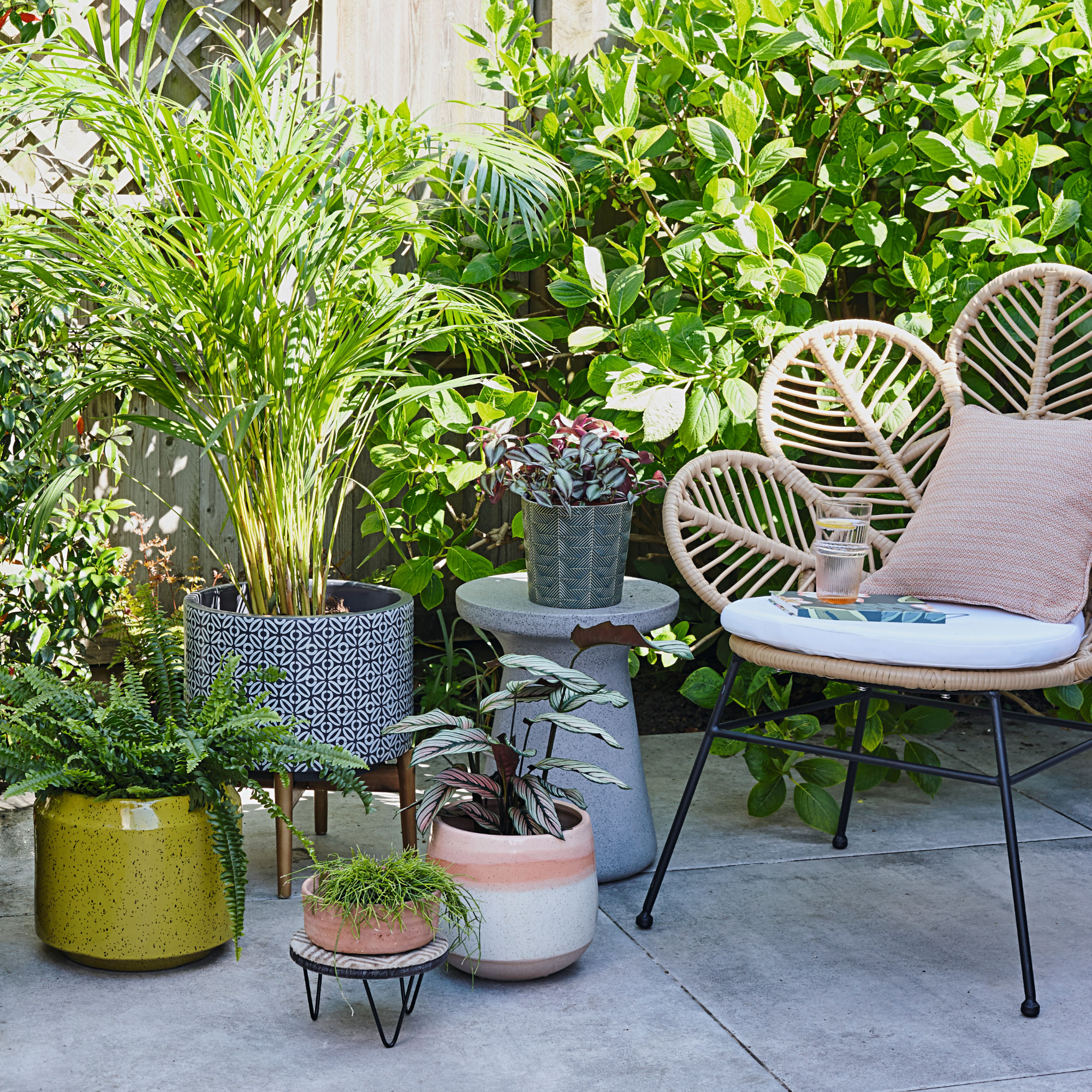
Among the 2024 RHS Chelsea Flower Show trends seen across the pavilion and display gardens, the ongoing effort to promote eco-friendly gardening solutions was prevalent.
For this year's RHS Chelsea Sustainable Garden Product of the Year competition the winner was ultimately POTR – a brand that sells flat-pack self-watering planters made from 100% waste or recycled material and offers a sleek but stylish origami design.
But while POTR’s win took the Chelsea Flower Show by storm, it has left many asking the question; what are self-watering planters?
Essentially, self-watering plant pots do exactly what they say on the tin. They’re plant pots or planters that absorb water themselves, taking away the need for hands-on watering.
Get the Ideal Home Newsletter
Sign up to our newsletter for style and decor inspiration, house makeovers, project advice and more.
So, how do they work? Well, these plant pots are designed to use capillary action or ‘wicking’ to allow the plants to draw water up from a reservoir underneath the plant, which they can do if and when more water is needed. This means that they will only ever absorb as little or as much water as they require.
‘The pots and planters have a container at the bottom which you fill with water, and it acts as a reservoir for your plants, meaning you don’t need to keep watering as the roots receive water through the water-filled container,' adds Ali Wooldridge, co-founder of Gardenesque. 'Depending on the plant, you will only need to refill the container once it is empty.’
Thankfully, self-watering plant pots are becoming more common - which means it’s easier than ever to buy into this invention. And you can even choose between indoor self-watering plant pots and outdoor self-watering planters, meaning no plant will be left behind (or unwatered).
The advantages of self-watering plant pots
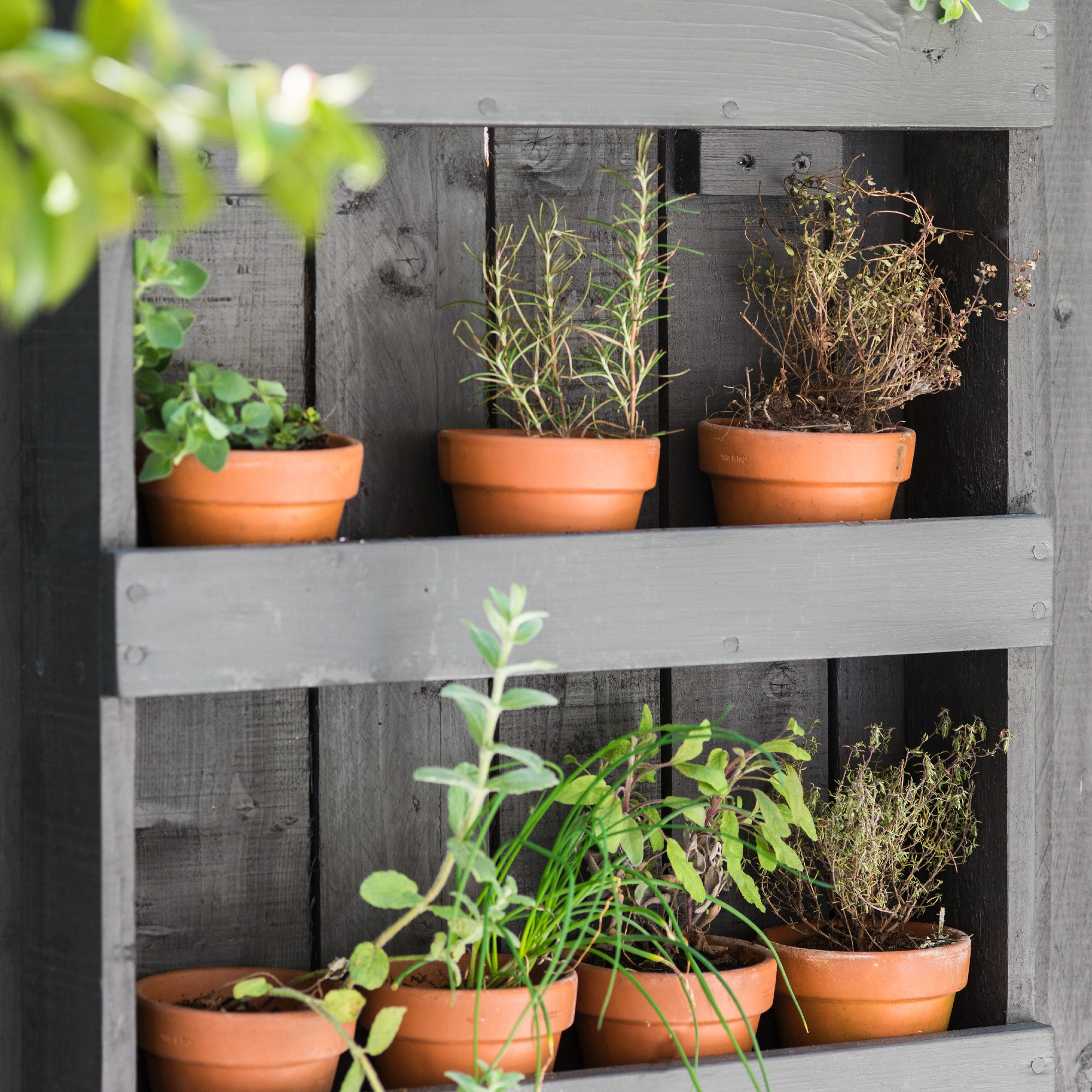
Buying into a new product and changing the way you water your plants can be daunting, but there are so many advantages of self-watering plant pots that we’re sure you’ll be convinced. They are:
1. They’re low maintenance
If you’re always forgetting to water your plants, self-watering plant pots are ideal for you. Ali explains, ‘As these types of containers and plant pots provide the plant’s water autonomously, they are brilliant for those who lead busy lives and want a low maintenance garden.’
‘They are also perfect options for those going on holiday, as you won’t need to worry about plants drying out whilst you’re away.’
2. They’re better for your plants
Although knowing the difference between topsoil and compost can improve the health of your plants, so can using a self-watering plant pot. That’s because it allows the plants to maintain their nutrient levels.
Ali says, ‘It’s also possible that as water leaves through the holes at the bottom of a standard pot or planter, it can take some of the much-needed soil nutrients away too. Whereas, with self-watering pots, the nutrients are contained, leading to very healthy plants.’
3. They’re versatile
Self-watering plant pots come in many different shapes and forms nowadays, allowing for more versatility when planting. You can keep your fruits and vegetables hydrated to increase yield, maintain the health of your indoor jungle, and even buy self-watering windowsill plant pots to grow an herb garden on the windowsill.
4. There’s no water loss
If you’re looking to save money on your water bill, you’ll know that small changes can make a big difference. And when using a traditional hose or watering can to water your plants, a lot of water can be lost - especially as a result of run-off if you overwater your plants.
By switching to self-watering plant pots, there will be no waste at all. Instead, your plants will take what they need, when they need it, from the reservoir at the bottom. Then, you simply top it up when it runs dry.
The disadvantages of self-watering plant pots
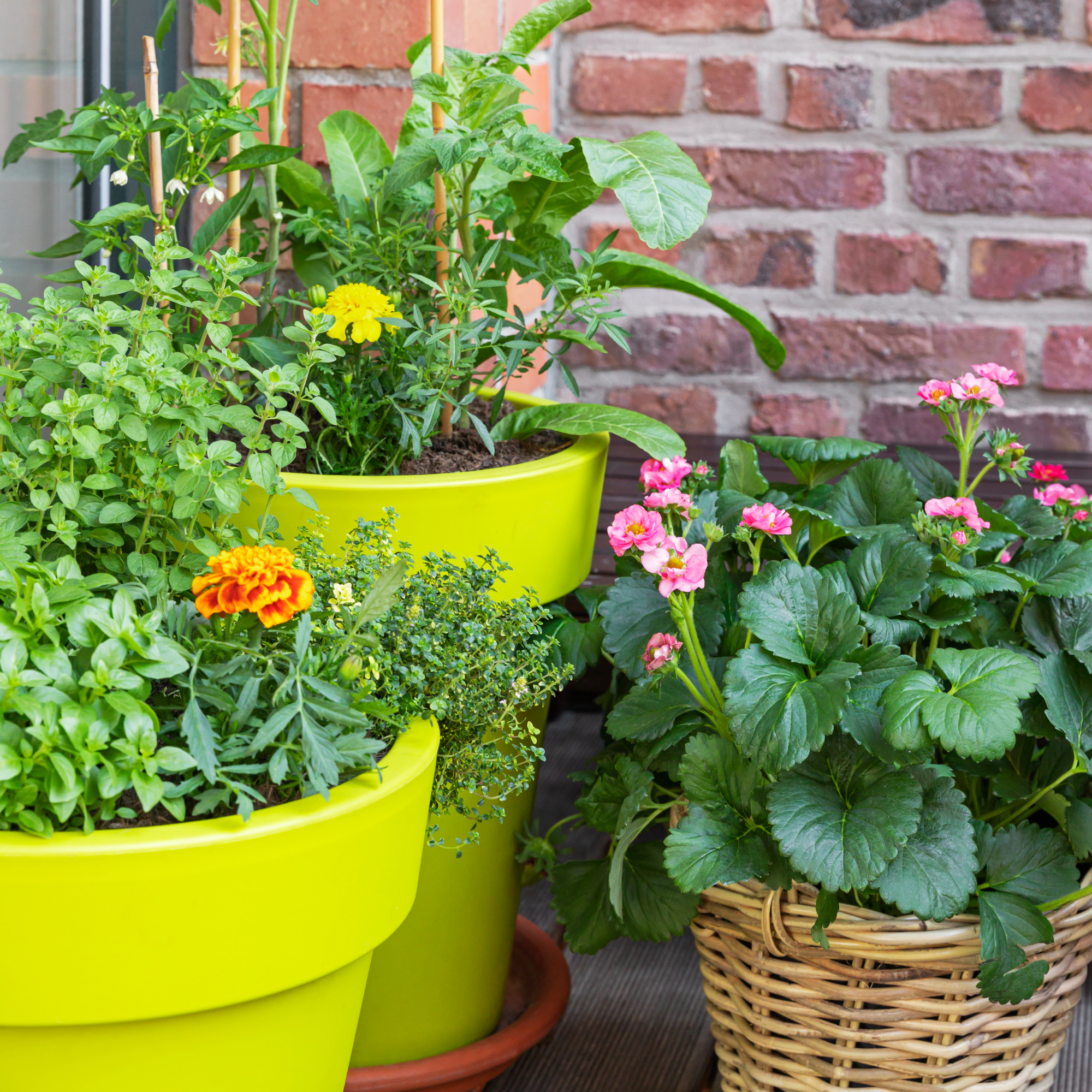
Of course, the advantages of self-watering plant pots are obvious, but we always like our readers to be fully up-to-speed with new products before they splash their cash. That’s why we’d be remiss if we didn’t outline a few of the disadvantages, too:
1. They can be expensive
If your indoor and outdoor plants are already in pots, it’s safe to say that switching them out for all-new self-watering plant pots can be expensive.
While this isn’t enough to put us off self-watering options, you’d have to knuckle down and focus on buying in stages and buying them for the plants that really need them first. Then, the unkillable houseplants can wait until last.
2. They’re not that stylish
As pots and planters can elevate your interior and exterior decor choices, you want them to look good (and we’re especially fond of the current trend of scalloped plant pots).
However, many of the self-watering plant pots on the market are quite plain and lack a certain je ne sais quoi. It’s important to note that we have seen big improvements being made in this regard, though. One look at the POTR self-watering planters will tell you that.
3. You need to keep an eye on them
While self-watering plants allow for a level of plant neglect without repercussions, that’s not to say that you can take your eye off the ball completely. As well as making sure that the reservoir is topped up with water, you also need to make sure that it’s not too full.
Ali says, ‘If the UK has a particularly rainy season, which we often do, then it can be possible for self-watering pots and planters to become waterlogged. However, this will not be an issue for indoor plants or for plants under shelter, such as a shed or greenhouse.’
Self-watering plant pots - Our top picks
FAQs
How often do you fill self-watering pots?
Although we’d love to answer this question within a timeframe, that just wouldn’t be possible. That’s because all plants (and the plant pots themselves) are different, and ultimately, you’ll need to fill your self-watering plant pots whenever it’s needed.
Some plants may go through a reservoir of water every few days, while others may go through a reservoir of water every few weeks. It’s down to you to keep an eye on the reservoir water levels and re-fill it when the levels are low.
Of course, if your plant is particularly slow at absorbing water, you might want to change the water every few weeks to freshen things up.
Do self-watering pots prevent overwatering?
Yes, they do! When you water a plant with a watering can or hose, the plant will absorb the water through the moist soil, and this can very easily lead to overwatering.
Self-watering pots, however, allow the plant to absorb the water directly through the roots. This means that they will only ever absorb as much as they need and will keep the soil dry. This should ultimately prevent overwatering.
Just keep an eye out if you have self-watering pots outside in the garden and are exposed to the elements, as your plants may also be getting excess water from the rain.
Now you know what self-watering plant pots are, are you ready to give them a go?

Lauren Bradbury has been the Content Editor for the House Manual section since January 2025 but worked with the team as a freelancer for a year and a half before that. She graduated with a Bachelor’s degree in English and Creative Writing from the University of Chichester in 2016. Then, she dipped her toe into the world of content writing, primarily focusing on home content. After years of agency work, she decided to take the plunge and become a full-time freelancer for online publications, including Real Homes and Ideal Home, before taking on this permanent role. Now, she spends her days searching for the best decluttering and cleaning hacks and creating handy how-to guides for homeowners and renters alike, as well as testing vacuums as part of her role as the Ideal Home Certified Expert in Training on Vacuums, having spent over 110 hours testing different vacuum models to date!
-
 Will a conservatory add value to your home and how can you maximise it?
Will a conservatory add value to your home and how can you maximise it?This is what the pros say
By Amy Reeves
-
 I’ve been looking for a new signature scent for my home and The White Company's new fragrance is the exact summer holiday smell I needed
I’ve been looking for a new signature scent for my home and The White Company's new fragrance is the exact summer holiday smell I neededSantorini smells fresh, summery and sophisticated
By Kezia Reynolds
-
 How to remove algae from garden walls in five steps – and the cleaning product experts rave about for tackling it fast
How to remove algae from garden walls in five steps – and the cleaning product experts rave about for tackling it fastExperts share their top tips for getting garden walls algae-free
By Katie Sims
